ELEONORA DUSE’S TRAVEL AROUND THE WORLD – COMPLESSO VITTORIANO, ROME

ELEONORA DUSE’S TRAVEL AROUND THE WORLD
3rd December 2010 – 23rd January 2011
Complesso del Vittoriano – Quadreria
Via San Pietro in Carcere – Rome
15 March 2011 – 17 April 2011
Exhibition Il viaggio di Eleonora Duse intorno al mondo
Florence, Teatro alla Pegola
The exhibition, curated by Maurizio Scaparro and Maria Ida Biggi, sets out to explore the artistic world of Eleonora Duse, an actress who achieved “legendary” status at a time when Italy was arduously searching for a national identity.
Text by Roberta D’Errico
Eleonora Duse seems to come out from history with a formidable character as soon as the threshold is crossed. The taffeta dress of silk changeable between bleu and aquamarine put on the clothes dummy, the parasol of same colour, the Natalija Goncarova’s miniatures designed for the set of La Donna del Mare (about 1920) power the artistic and dramatic history of Eleonora Duse. The evocation is reinforced by the pictures the coeval artists painted in the hope to achieve the recitative inspiration that made Eleonora Duse a goddess. The conscious facial expression painted by Michele Gordigiani in 1885 and after that in 1890 is different from the fair and challenging expression captured by Ciro Galvani’s drawing in 1896 for the acting of Cavalleria Rusticana.
The reconstruction of the large international tours undertaken by Eleonora Duse from 1885 on till 1924 is divided into 15 periods and was developed around the essential concept of the Divine as a supporter of Italian culture abroad. Hence the fine tuning of the show inside the Celebrations for the hundred and fiftieth anniversary of the national unity of Italy that Duse always spoke about with words full of lyricism witness of her deep-rooted love for “this thing beautiful and honest that is called Italy” (from a letter of Eleonora Duse to her daughter Enrichetta).
While all the repertoires have been reconstructed for each of these periods, the titles of the works performed in every single town are given only if strict documentation is available.
Eleonora Duse’s catalogue. Travel around the world, (Skira). The scholars Maria Ida Biggi, Marianna Zannoni, Mirella Schino, Francesca Simoncini, Franco Perrelli, Maria Pia Pagani, Giuliana Altamura, Andrea-Ioana Urzica, Paola Bertolone reconstruct with scientific method the history of Eleonora Duse’s theatricals into several towns from 1885 on till 1924 when she passed away in Pittsburgh. The archives are from international files, among the others the Burcardo’s library and theatrical museum in Rome, the Bibliothèque Musicale de la ville de Geneva, the Osterreichiches Theater Museum in Wien, The Lee Strasberg Theatre & Film Institute of New York and the Russian National Library in Moscow. The cloths are from the Costume’s Gallery in Florence, to whom Sister Mary Mark – niece of Duse, bestowed them. Many documents arrive from the archives of Fondazione Giorgio Cini in Venice (Giorgio Cini’s Foundation, Venice).
Duse performed into Italian all over the world being always acclaimed. The American tours reflect the theatrical situation during the nineteenth-century and the earlier years of twentieth-century in Italy. Paola Bertolone goes through such a period highlighting the role plaid by Eleonora Duse as a head of theatre company within the troupe and of the show during a historic moment in which such a duty was trusted just to the artistry of particular artists of theatre who unintentionally were defining the role of the director but they did not hold it.
Beyond the titles of repertoire, perhaps the most important evidence passed down is the historic influence of the actress over some theatrical rules being of the essence for the twentieth century according to Paola Bertolone. She refers to Charlie Chaplin, to theatrical theories of Stanislavskij that will origin the most important actor’s educational theory and to Lee Strasberg who founded the Actors Studio.
The exhibition proves also the connection of Duse with some characters pertaining to the Italian culture: Giuseppe Giacosa, Matilde Serao, Arrigo Boito, Alexandre Dumas fils, Giovanni Verga, Gabriele D’Annunzio. A widening of the exhibition is devoted to the engagement of Duse for the film Cenere (Ash) (1916), taken from the novel of Grazia Deledda. The scene layout of the tragic and final moment of the film according to the editor Maria Ida Biggi, retraces LA MORTE DEL FANCIULLO DI SESSA, the work of Giotto (Assisi, Basilica Inferiore of San Francesco). The relation between the two scenes is the signal of a stage history built by hard research whose word had to delve into the bowels in order to achieve an emotion and not to play it.
Roberta D’Errico
Translated by Salvatore Rollo at salvatore_rollo@fastwebnet.it
IL VIAGGIO DI ELEONORA DUSE INTORNO AL MONDO
3 dicembre 2010 – 23 gennaio 2011
Complesso del Vittoriano – Quadreria
Via San Pietro in Carcere – Rome
Testo di Roberta D’Errico
Varcando la soglia della sala, il personaggio di Eleonora Duse sembra emergere con grande imponenza dalla sua storia. L’abito in taffettà di seta cangiante tra il blu, il verde acquamarina, indossato dal manichino, l’ombrellino dello stesso colore, i modellini realizzati da Natalija Goncarova per la scenografia di La donna del mare (1920 circa) immettono nella forza della storia artistica e teatrale di Eleonora Duse. L’evocazione è rinforzata dai ritratti, che gli artisti suoi contemporanei avevano dipinto cercando di raggiungere l’ispirazione recitativa che ha reso l’attrice Divina. Il volto dall’espressione consapevole, che dipinge Michele Gordigiani nel 1885 e nel 1890, è diverso dall’espressione asciutta e di sfida colta nel disegno di Ciro Galvani nel 1896 per la recitazione della Cavalleria Rusticana.
La ricostruzione delle numerose tournées internazionali intraprese da Eleonora Duse dal 1885 al 1924 è suddivisa in 15 periodi ed è stata sviluppata intorno al concetto essenziale che vede la Divina come promotrice della cultura italiana all’estero. Da qui la perfetta sintonia della mostra all’interno delle Celebrazioni per il Centocinquantesimo anniversario dell’Unità d’Italia, traguardo questo dell’Unità su cui la Duse si espresse sempre con parole piene di lirismo, parole che testimoniano il suo profondo amore per “questa cosa bella e onesta che si chiama Italia”[da una lettera di Eleonora Duse alla figlia Enrichetta].
Mentre i rispettivi repertori sono stati ricostruiti per ciascuno di questi periodi, i titoli delle opere eseguite nella singole città sono forniti solo quando è disponibile una precisa documentazione.
Nel catalogo Eleonora Duse. Viaggio intorno al mondo, (Skira) gli studiosi Maria Ida Biggi, Marianna Zannoni, Mirella Schino, Francesca Simoncini, Franco Perrelli, Maria Pia Pagani, Giuliana Altamura, Andrea-Ioana Urzica, Paola Bertolone ricostruiscono in modo scientifico la storia delle rappresentazioni di Eleonora Duse nei vari paesi, dal 1885 al 1924, anno della sua morte a Pittsburgh. La documentazione proviene da archivi internazionali, tra cui la Biblioteca e Museo Teatrale del Burcardo di Roma, la Bibliothèque Musicale de la Ville di Ginevra, l’Österreichiches Theater Museum di Vienna, The Lee Strasberg Theatre & Film Institute di New York e la National Library of Russia di Mosca. Gli abiti provengono dalla Galleria del Costume di Firenze, a cui sono stati donati da Sister Mary Mark, nipote della Duse. Molta documentazione proviene inoltre dall’archivio della Fondazione Giorgio Cini di Venezia.
La Duse ha recitato in lingua italiana in tutto il mondo ed è sempre stata acclamata. Le tournées americane rispecchiano la situazione teatrale ottocentesca e ancora del primo Novecento italiano. Nel suo saggio, Paola Bertolone attraversa tale periodo evidenziando la funzione di Eleonora Duse come capocomico all’interno della compagnia e dello spettacolo teatrale, in un momento storico in cui tale funzione era affidata appunto alla creatività di particolari artisti di teatro, che non ricoprivano, ma inconsapevolmente stavano già delineando, il ruolo del regista. Forse la più importante testimonianza tramandata, al di là dei titoli di repertorio, per Paola Bertolone è “nell’influsso storico dell’attrice su alcune direttive sceniche fondamentali del Novecento”. I riferimenti della Bertolone vanno a Charles Chaplin, alle teorie sceniche di Stanislavskij, che daranno origine alla più importante pedagogia dell’attore, e a Lee Strasberg, fondatore dell’Actors Studio.
L’esposizione documenta anche la relazione della Duse con alcuni personaggi della cultura italiana, tra cui Giuseppe Giacosa, Matilde Serao, Arrigo Boito, Alexandre Dumas fils, Giovanni Verga, Gabriele D’Annunzio. Un approfondimento della mostra è dedicato all’impegno della Duse nel film Cenere (1916), tratto dal romanzo di Grazia Deledda. L’impostazione scenica del momento tragico e finale del film per la curatrice Maria Ida Biggi ripercorre l’opera di Giotto La morte del fanciullo di Sessa (Assisi, Basilica Inferiore di San Francesco). Il rapporto tra le due scene è il segnale di una storia artistica costruita su una dura ricerca in cui la parola ha dovuto scavare nella profondità per raggiungere il sentimento e non per recitarlo.
Roberta d’Errico

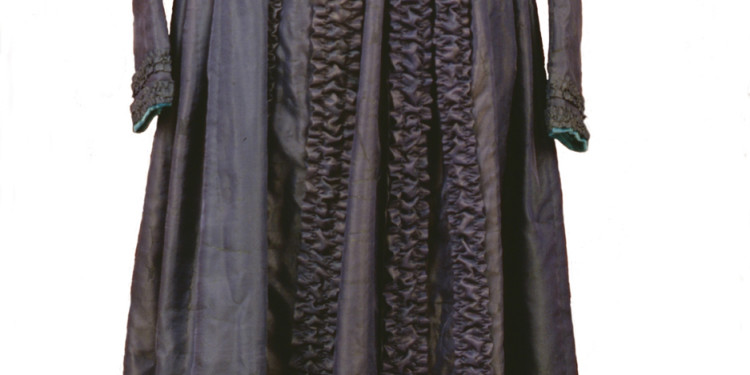
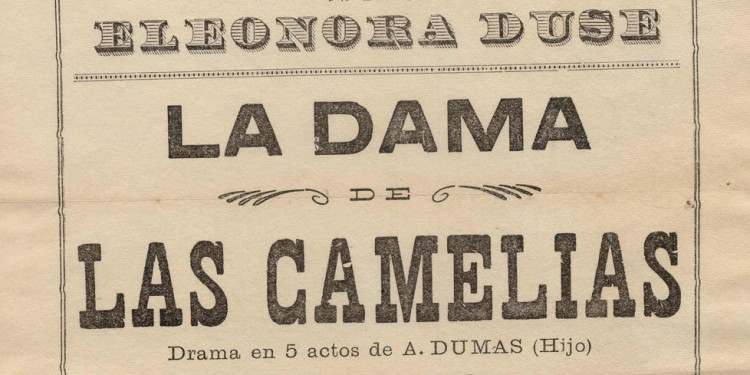
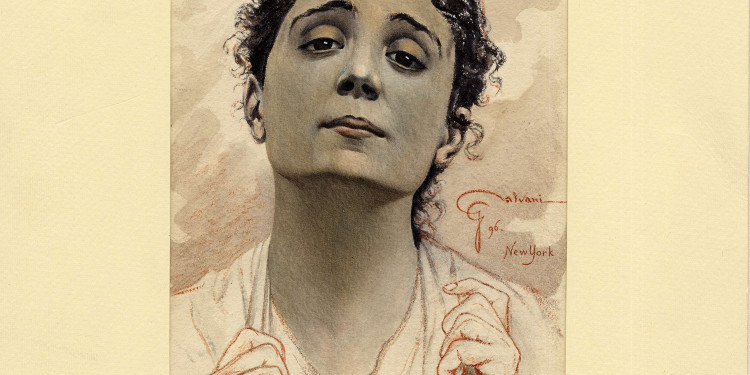
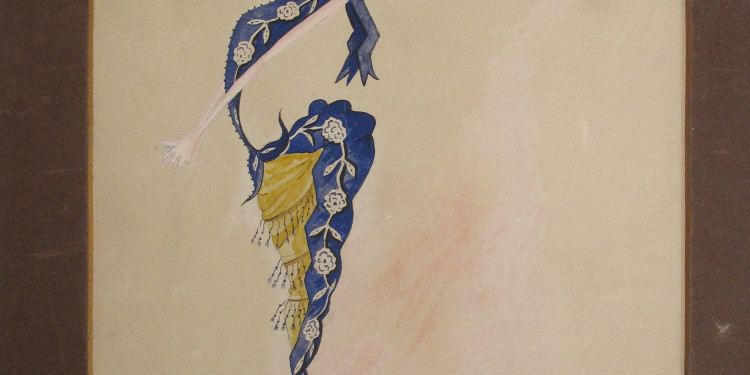
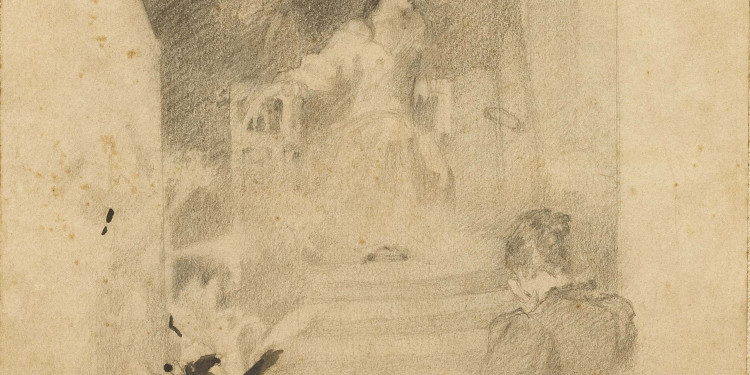
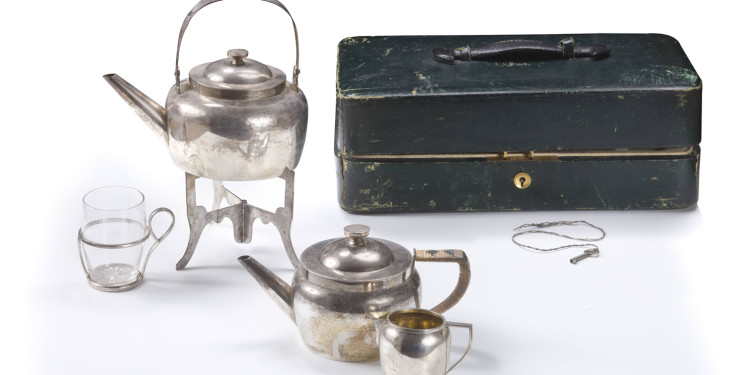
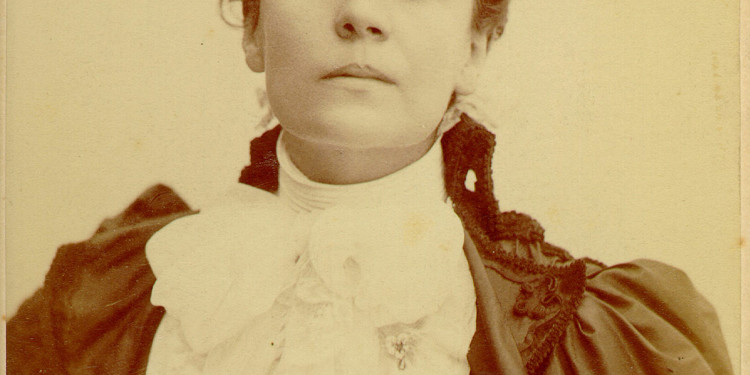
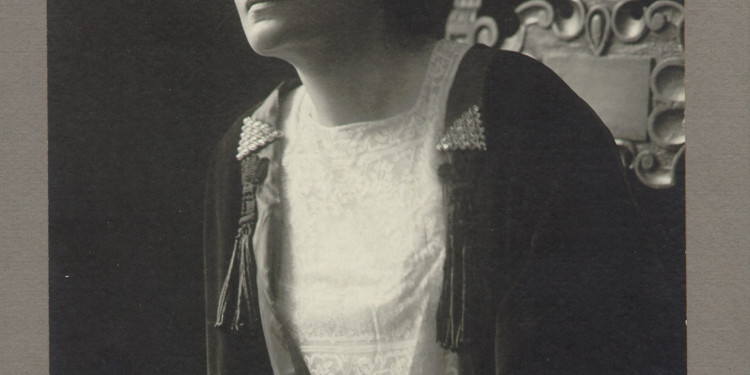
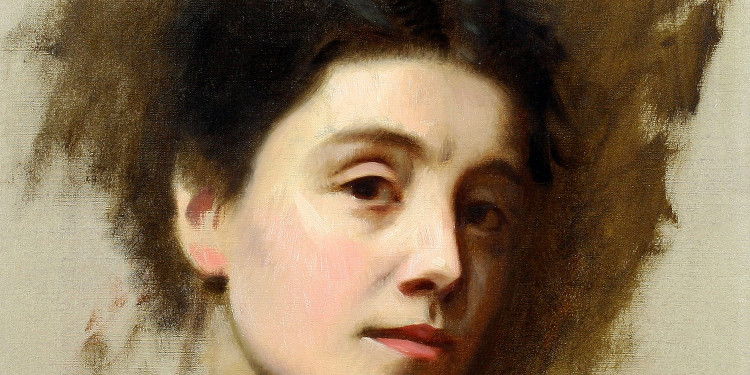
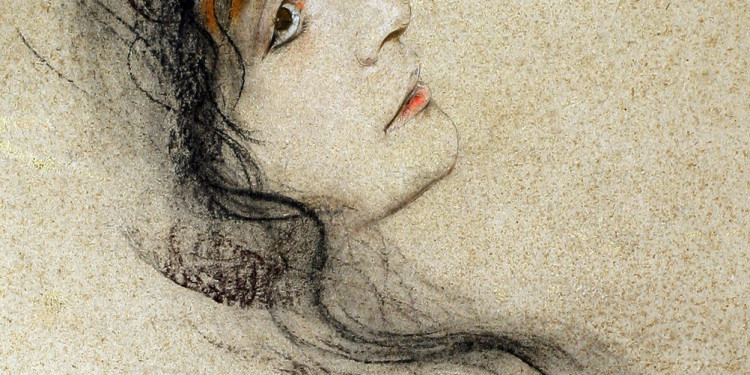
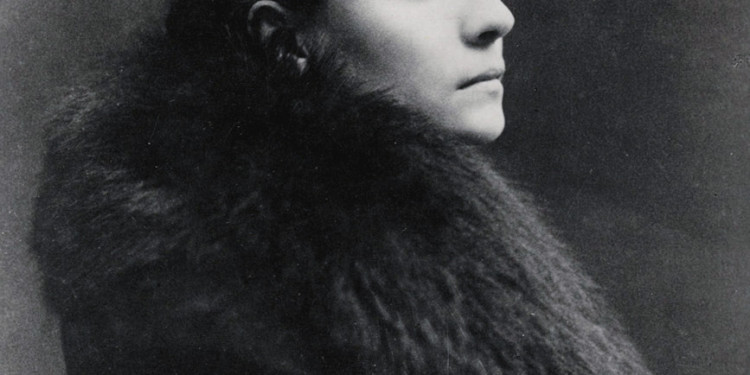
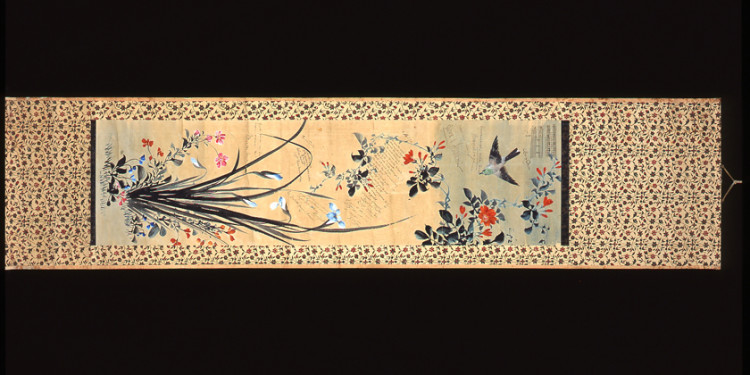
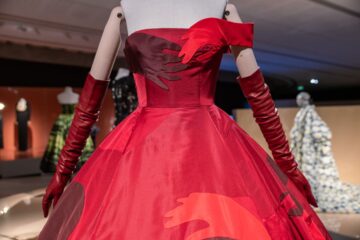
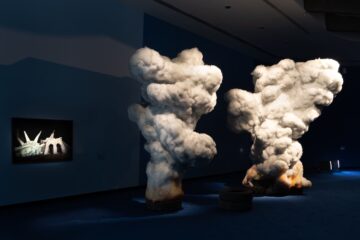



No Comment